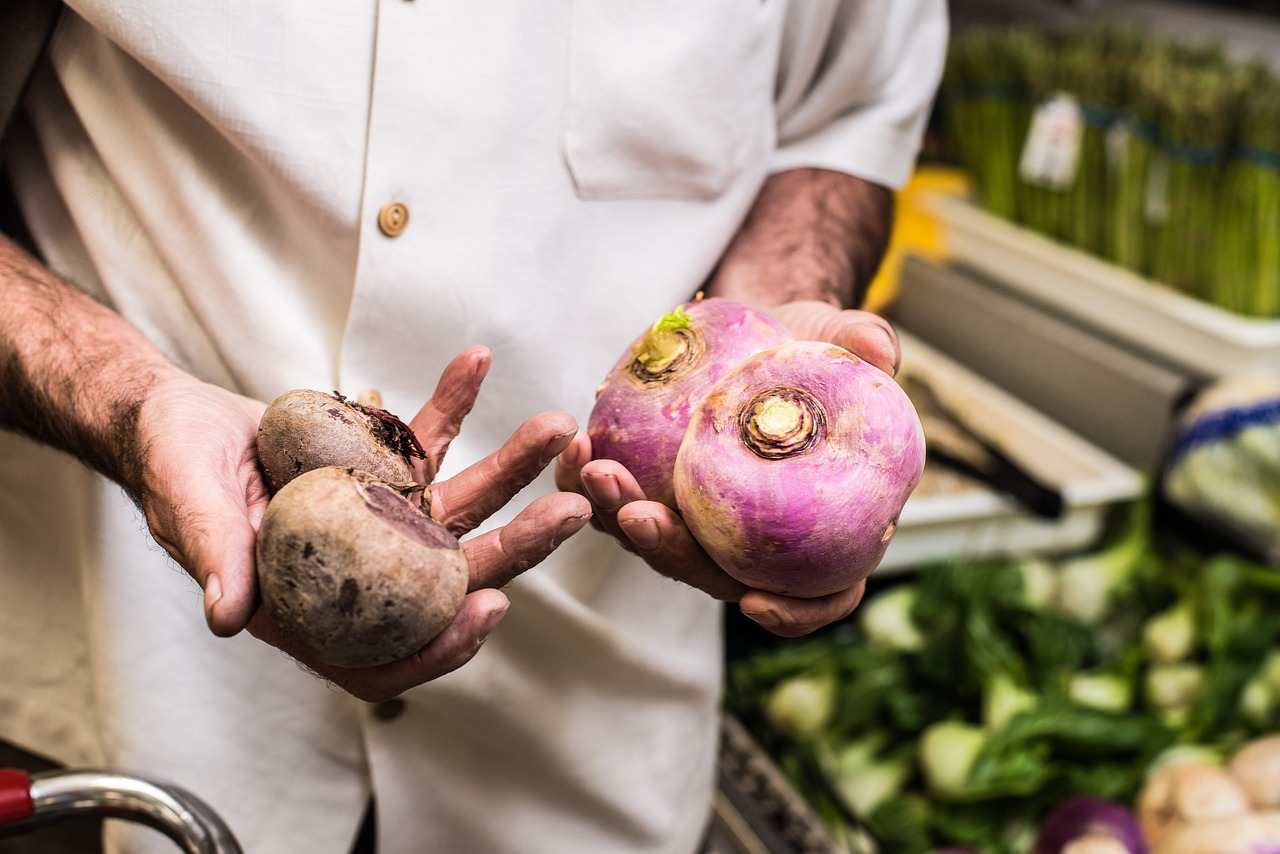The Art of Food Coloring: Using Natural Ingredients to Dye Dishes
allpaanel mahadev book, lotus book 365 registration, laserbook 247: When it comes to adding a pop of color to your dishes, food coloring is a go-to choice for many home cooks and professional chefs alike. However, many commercial food colorings contain artificial ingredients and additives that may not be the healthiest option. Luckily, there are natural alternatives that can be used to dye your dishes while still achieving vibrant and beautiful hues.
Using natural ingredients to color your food not only adds visual appeal but also enhances the flavor and nutritional value of your dishes. From fruits and vegetables to herbs and spices, there are countless natural options to choose from when it comes to food coloring. Let’s delve into the art of food coloring using natural ingredients and how you can incorporate them into your cooking.
Using Fruits and Vegetables
Fruits and vegetables are some of the most common ingredients used for natural food coloring. For example, beets can be used to create a vibrant red hue, while spinach can be used to achieve a deep green color. Other options include blueberries for a purple shade, turmeric for a golden yellow, and carrots for an orange tint. Simply puree or juice the fruits and vegetables and strain out the pulp to create your natural food coloring.
Herbs and Spices
Herbs and spices are another excellent way to add color to your dishes naturally. For instance, saffron can be used to create a rich yellow color, while matcha powder can be used for a bright green shade. Paprika can add a deep red color, and spirulina can create a vivid blue-green hue. Experiment with different herbs and spices to discover new and exciting colors for your dishes.
Using Natural Food Color Powders
If you’re looking for a convenient and easy way to add natural color to your food, consider using natural food color powders. These powders are made from ingredients such as spirulina, beetroot, and turmeric and can be easily incorporated into your recipes. Simply mix the powder with a small amount of water or oil to create a paste and then add it to your dish.
Tips for Using Natural Food Coloring
When using natural food coloring, keep in mind that the colors may not be as intense as artificial food colorings. To achieve a more vibrant hue, you may need to use a larger quantity of the natural ingredient or food color powder. Additionally, natural food coloring may affect the flavor of your dish, so be sure to taste test as you go and adjust as needed.
FAQs
Q: Can natural food coloring be used in baking?
A: Yes, natural food coloring can be used in baking to add color to cakes, cookies, and other baked goods. Simply substitute the artificial food coloring called for in the recipe with a natural alternative.
Q: Are natural food colorings safe to consume?
A: Natural food colorings are generally safe to consume, as they are made from ingredients that are commonly found in nature. However, if you have any food allergies or sensitivities, be sure to check the ingredients list to ensure there are no potential triggers.
Q: Where can I purchase natural food color powders?
A: Natural food color powders can be found at health food stores, specialty grocery stores, and online retailers. Look for brands that use high-quality, organic ingredients for the best results.
In conclusion, the art of food coloring using natural ingredients is a fun and creative way to enhance your dishes. Whether you choose to use fruits and vegetables, herbs and spices, or natural food color powders, incorporating natural colors into your cooking can elevate the visual appeal and taste of your recipes. Experiment with different ingredients and techniques to discover new and exciting ways to add color to your dishes naturally.







